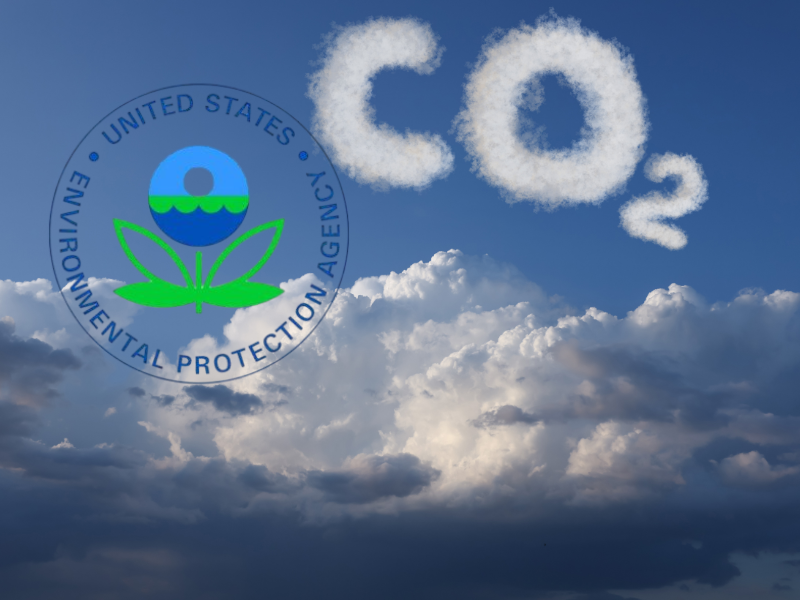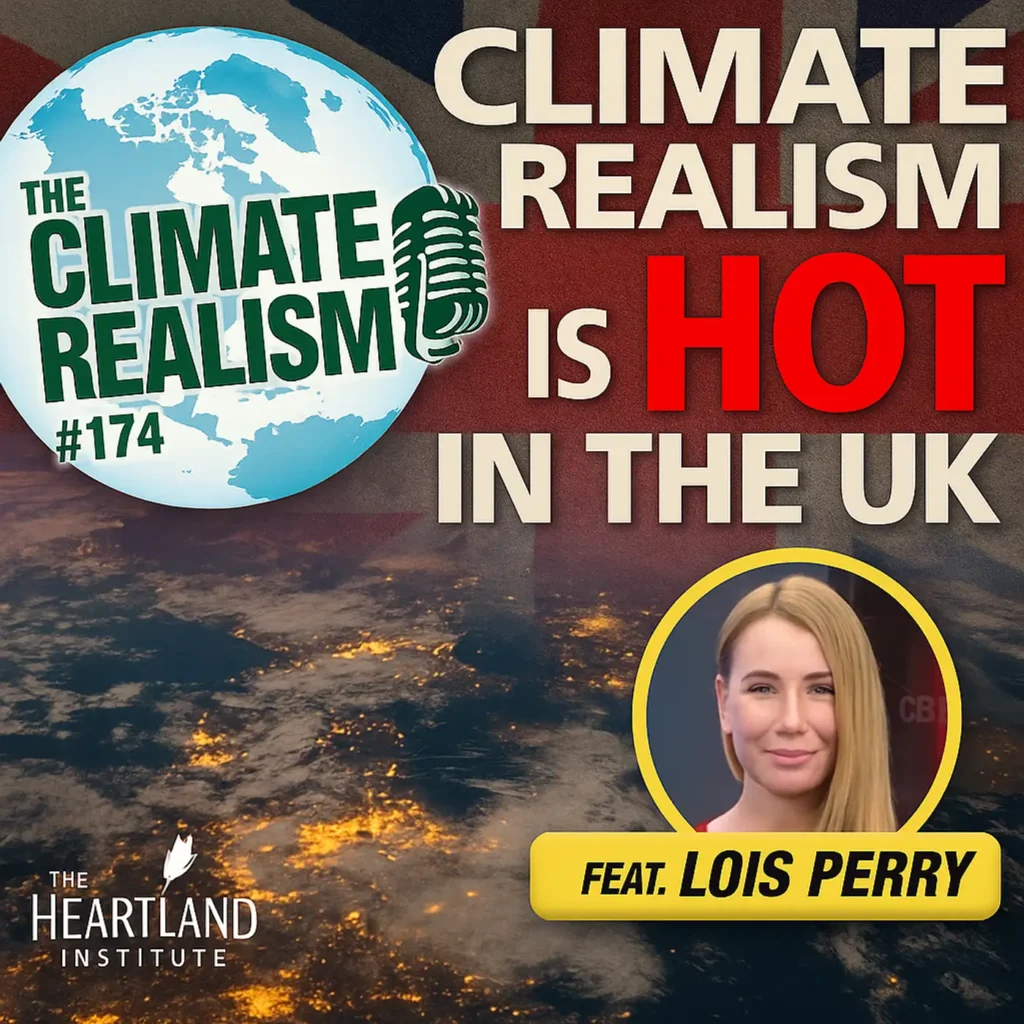A study released in June 2016 by the Rhode Island Center for Freedom and Prosperity argues Rhode Island’s renewable portfolio standards (RPS) – which were first established in 2004 and require each electric utility in the state to generate at least 14.5 percent of its output from renewable-energy sources by 2019 – have had a negative impact on state taxpayers and ratepayers, as well as on the entire state economy.
Renewable portfolio standards – often referred to as “renewable power mandates” – force expensive, heavily subsidized electricity on ratepayers and taxpayers while providing few if any net environmental benefits.
Based on data supplied by Timothy Considine, a professor of economics at the University of Wyoming who evaluated the impact of RPS mandates in 12 different states, the study finds the Ocean State’s renewable mandate will result in up to $190 million in total additional costs each year. Employment levels are expected to be reduced by between 4,000 and 5,000 jobs annually as a result of the RPS mandates. Further, the “sustained increase” in electricity costs due to new renewable capacities, chiefly wind and solar, will be between 49 percent and 73 percent, causing a 13 percent to 18 percent sustained increase in electricity rates for consumers and up to $893 million in higher electricity payments annually.
The projected cost of reducing carbon-dioxide emissions – if renewable capacity targets are met – will be between $134 per ton and $205 per ton. Even on the low end, this is more than double the Environmental Protection Agency’s recommended cost standard of $60 per ton.
“The high costs of achieving small carbon dioxide emission reductions using RPS in Rhode Island prove that it is an inefficient means to address global climate change and represents a poor investment for state taxpayers and ratepayers,” Considine wrote. “As in many other states, the costs of carbon reduction in the Ocean State are significantly higher than EPA standards, while the small stimulus from RPS investment is not large enough to offset the negative effects of higher electricity prices.”
The wind and solar power forced on consumers by renewable power mandates is extremely expensive. A 2014 study by the Brookings Institution found wind power is twice as expensive as the conventional power it replaces. The same study found solar power is three times as expensive as conventional power. These higher costs impose real burdens on electricity consumers: Retail electricity prices in states with renewable power mandates are rising twice as fast as the national average.
By lowering electricity prices, repealing renewable power mandates will raise living standards, stimulate long-term economic growth, and create a substantial increase in net jobs. Living standards increase because lower-cost electricity frees up money for consumers to purchase additional goods and services that improve their lives. Economic growth and net job numbers increase because the newly available money spent on additional goods and services creates additional jobs throughout the economy.
The following documents provide more information on renewable portfolio standards.
Renewable Energy in Rhode Island: Big Cost, Little Difference
https://heartland.org/publications-resources/publications/renewable-energy-in-rhode-island-big-cost-little-difference?source=policybot
This paper from the Rhode Island Center for Freedom and Prosperity looks at the Ocean State’s renewable portfolio standards (RPS) and concludes while RPS investments stimulate economic activity, the negative economic impacts associated with higher electricity prices offset the claimed economic advantages of these RPS investments.
Evaluating the Costs and Benefits of Renewable Portfolio Standards
https://heartland.org/publications-resources/publications/evaluating-the-costs-and-benefits-of-renewable-portfolio-standards?source=policybot
This paper by Timothy J. Considine, a distinguished professor of energy economics at the School of Energy Resources and the Department of Economics and Finance at the University of Wyoming, examines the renewable portfolio standards (RPS) of 12 different states and concludes while RPS investments stimulate economic activity, the negative economic impacts associated with higher electricity prices offset the claimed economic advantages of these RPS investments.
Ten Principles of Energy Policy
https://heartland.org/publications-resources/publications/ten-principles-of-energy-policy
In this Legislative Principles booklet, Heartland Institute President Joseph Bast identifies the ten most important energy issues facing the nation and outlines the energy policy actions that will lead to the highest, most efficient production at the lowest cost to consumers.
Ten State Solutions to Emerging Issues
https://heartland.org/publications-resources/publications/ten-state-solutions-to-emerging-issues
This Heartland Institute booklet explores solutions to the top public policy issues facing the states in 2016 and beyond in the areas of budget and taxes, education, energy and environment, health care, and constitutional reform. The solutions identified are proven reform ideas that have garnered significant support among the states and with legislators.
Research & Commentary: Higher State Support for Green Energy Increases Energy Costs for Consumers
https://heartland.org/publications-resources/publications/research–commentary-higher-state-support-for-green-energy-increases-energy-costs-for-consumers?source=policybot
Heartland Institute Policy Analyst Tim Benson discusses an analysis by the Daily Caller News Foundation (DCNF), which found, “States which offered rebates, buy-back programs, tax exemptions and direct cash subsidies to green energy were 64 percent more likely to have higher than average electric bills. For every additional pro-green energy policy in a state, the average price of electricity rose by about .01 cents per kilowatt-hour.”
The Status of Renewable Electricity Mandates in the States
https://heartland.org/publications-resources/publications/the-status-of-renewable-electricity-mandates-in-the-states?source=policybot
The Institute for Energy Research finds states with renewable electricity mandates have on average 40 percent higher electricity rates than those without such mandates.
What Happens to an Economy When Forced to Use Renewable Energy?
https://heartland.org/publications-resources/publications/issues-2016-what-happens-to-an-economy-when-forced-to-use-renewable-energy?source=policybot
The Manhattan Institute conducted an economic analysis of the effects renewable portfolio standards (RPS) had on the average price of electricity in states with mandates compared to those without mandates. The study found residential and commercial electricity rates were significantly higher in states with RPS mandates than in states without them.
Study of the Effects on Employment of Public Aid to Renewable Energy Sources
https://heartland.org/publications-resources/publications/study-of-the-effects-on-employment-of-public-aid-to-renewable-energy-sources?source=policybot
Researchers at King Juan Carlos University in Spain found each “green job” created in Spain cost about $750,000. Electricity rates would have to be increased by 31 percent to account for the additional cost of renewables.
Study: Consumers Unwilling to Pay More for Renewable Energy
https://heartland.org/news-opinion/news/study-consumers-unwilling-to-pay-more-for-renewable-energy
Relatively few consumers are willing to pay extra for renewable energy offered under voluntary “green” pricing programs, according to a report from the Institute for Energy Research.
Why is Renewable Energy So Expensive?
http://www.economist.com/blogs/economist-explains/2014/01/economist-explains-0
This brief but useful essay in a January 2014 blog post for The Economist states countries with the most renewable power generation also have the highest electricity prices, and government efforts to alleviate this problem have been unsuccessful.
Nothing in this Research & Commentary is intended to influence the passage of legislation, and it does not necessarily represent the views of The Heartland Institute. For further information on this and other topics, visit the website of Environment & Climate News at https://heartland.org/publications-resources/newsletters/environment-climate-news, The Heartland Institute’s website, http://heartland.org, and PolicyBot, Heartland’s free online research database, at www.heartland.org/policybot.
The Heartland Institute can send an expert to your state to testify or brief your caucus; host an event in your state; or send you additional information on a topic. Please don’t hesitate to contact us if we can be of assistance! If you have any questions or comments, contact Logan Elizabeth Pike, Heartland’s state government relations manager, at [email protected] or 312/377-4000.




